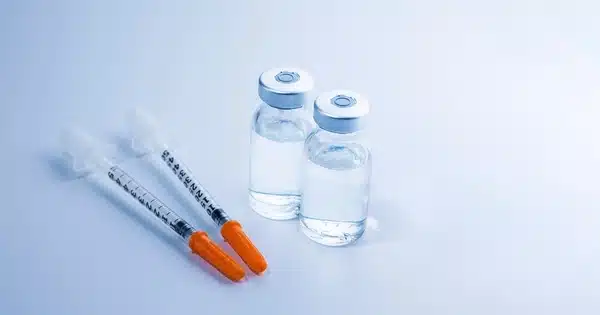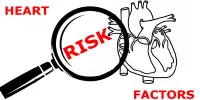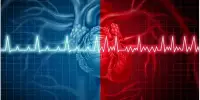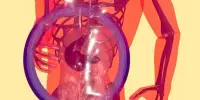Hypoglycemia can cause symptoms such as dizziness, confusion, sweating, trembling, and even loss of consciousness. In severe cases, it can lead to seizures, coma, or even death. That’s why people with diabetes who take insulin must be careful to monitor their blood sugar levels regularly and adjust their insulin doses as necessary to avoid hypoglycemia.
Researchers describe a key player in the defense mechanism that protects the body from too much insulin, which can be as harmful as too little. A little more than a century has passed since the discovery of insulin, during which time the hormone’s therapeutic abilities have expanded and refined. Insulin is a critical treatment for type 1 diabetes and, in many cases, type 2 diabetes as well. According to the American Diabetes Association, approximately 8.4 million Americans use insulin.
A century of research has greatly advanced medical and biochemical understanding of how insulin works and what happens when it is deficient, but how potentially fatal insulin hyperresponsiveness is prevented has remained a persistent mystery.
While our bodies fine-tune insulin production, patients treated with insulin or drugs that stimulate insulin secretion frequently experience hypoglycemia, a condition that, if unrecognized and untreated, can result in seizures, coma, and even death, which collectively define the condition known as insulin shock.
Michael Karin
In a new study, published in the online edition of Cell Metabolism, a team of scientists at the University of California San Diego School of Medicine, with colleagues elsewhere, describe a key player in the defense mechanism that safeguards us against excessive insulin in the body.
“While insulin is one of the most important hormones, its deficiency can result in death, too much insulin can also be fatal,” said senior study author Michael Karin, Ph.D., Distinguished Professor of Pharmacology and Pathology at the University of California, San Diego.
“While our bodies fine-tune insulin production, patients treated with insulin or drugs that stimulate insulin secretion frequently experience hypoglycemia, a condition that, if unrecognized and untreated, can result in seizures, coma, and even death, which collectively define the condition known as insulin shock.”
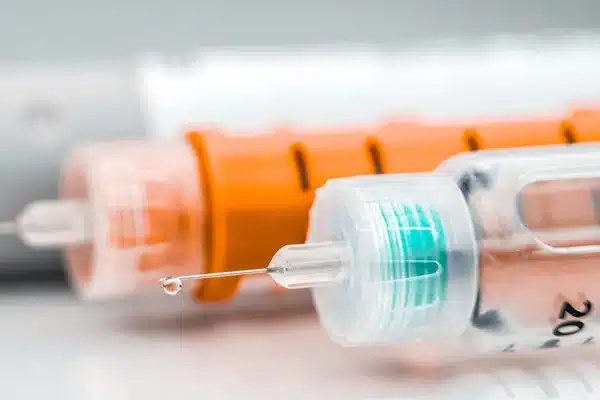
Hypoglycemia (low blood sugar) is a leading cause of death among diabetics. Karin, Li Gu, PhD, a postdoctoral scholar in Karin’s lab, and colleagues describe “the body’s natural defense or safety valve” that reduces the risk of insulin shock in the new study.
That valve is a metabolic enzyme known as fructose-1,6-bisphosphate phosphatase, or FBP1, which regulates gluconeogenesis, a process in which the liver synthesizes and secretes glucose (the primary source of energy used by cells and tissues) during sleep to maintain a steady supply of glucose in the bloodstream.
Some diabetes medications, such as metformin, inhibit gluconeogenesis without apparent adverse effects. Children born with a rare genetic disorder that causes them to produce insufficient FBP1 can also be healthy and live a long life. When the body is starved for glucose or carbohydrates, an FBP1 deficiency can cause severe hypoglycemia. Convulsions, coma, and possibly death can occur in the absence of a glucose infusion.
FPB1 deficiency, when combined with glucose deprivation, causes adverse effects unrelated to gluconeogenesis, such as an enlarged, fatty liver, mild liver damage, and elevated blood lipids or fats.
To better understand FBP1’s roles, researchers created a mouse model with liver-specific FBP1 deficiency that closely resembled the human condition. The mice, like FBP1-deficient children, appeared normal and healthy until fasted, when they developed the severe hypoglycemia, liver abnormalities, and hyperlipidemia described above.
Gu and her colleagues discovered that FBP1 performed multiple functions. FBP1 not only played a role in the conversion of fructose to glucose, but it also inhibited the protein kinase AKT, which is the primary conduit of insulin activity.
“FBP1 basically keeps AKT in check and protects against insulin hyper-responsiveness, hypoglycemic shock, and acute fatty liver disease,” explained first author Gu.
